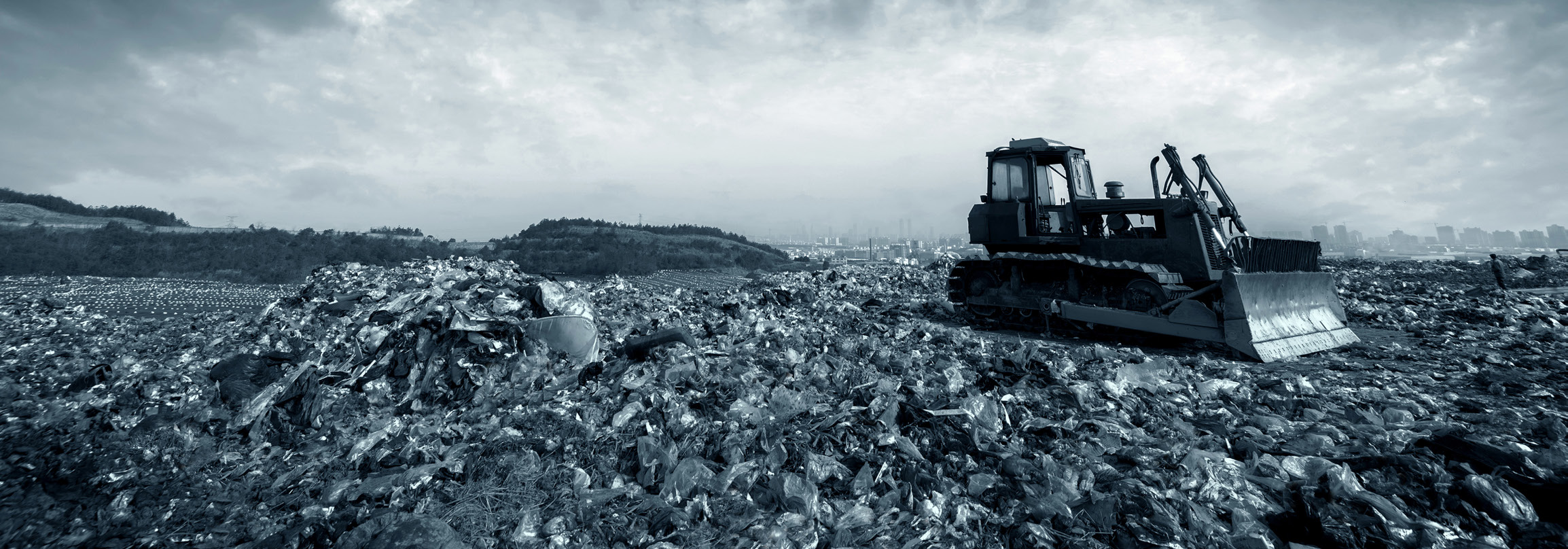
| KEY INFORMATION ABOUT GRAND BAČKA CANAL PROJECT
REMEDIATION OF THE GRAND BAČKA CANAL (Stage III)
(Vrbas, Kula, Crvenka, and surrounding villages)
PPF8/EuropeAid/137044/DH/SER/RS
Sector: Environmental protection/Waste management

The Grand Bačka Canal or the Kiss Canal is part of the Danube–Tisza–Danube system. It has 73 miles in length and connects the Danube (near Bezdan) to Tisza (near Bečej). The route between these two locations is shortened by more than 124 miles, and the canal is also used to supply water and drain soil in this part of Bačka. The Grand Canal’s riverbed’s narrowest part is 55 feet wide, while the width near the top stands at around 82 feet. The widest part of the waterway, near Bačko Gradište, has around 1148 feet. The average depth of the canal is 9 feet. The settlements situated on the canal’s banks include Bezdan, Sivac, Crvenka, Kula, Vrbas, Srbobran, Turija, Bačko Gradište, and Bečej.
In the 20th century (1957), the canal became the backbone of the Danube–Tisza–Danube water system — a unique hydro engineering system for flood control and hydrotechnical management, land reclamation, water supply, navigation, tourism, and fishing. Because of the pollution and accumulating sludge, today the canal is too shallow for river vessels and ships and dangerous for swimming, ranked by the Ministry of Environmental Protection of the Republic of Serbia among the three ‘blackspots’ in Serbia. The canal was first polluted in the second half of the 20th century because of the rapid development of industry, inadequate treatment of industrial water that discharged into the canal, and intensifying agricultural production, as well as municipal wastewaters from Vrbas, Kula, and Crvenka. The canal is polluted mainly by heavy metals, hydrocarbons, and pathogenic organisms. A lengthy lack of maintenance and sludge removal resulted in large sludge deposits.
The last sludge removal from the entire canal was done in 1968. An estimated 9.5 cubic miles of polluted sediments are in the canal presently. Because of the sludge accumulation, the water depth in some parts of the canal is only 11–15 inches, which means that 90% of the canal’s surface is filled with sediment and nonflowing. Navigation is impossible, the water flow is significantly reduced, and the canal itself represents a health risk for the people living in its vicinity. The Grand Bačka Canal is one of the most polluted watercourses in Europe.
The project’s ultimate goal is to improve the living environment in the Vrbas municipality by remediating the Grand Canal in a stretch of 3.7 miles, from the mouth of the Vrbas–Bezdan canal into the Bečej–Bogojevo canal (triangle) to the Vrbas water hub.
- Removing polluted sediments in order to reduce and control their further negative effects resulting from unwanted deposits of untreated wastewater predominantly from industrial processes and pollution of infiltration water;
- Setting up the protection of the area, the environment, and the health of the population in general;
- Revitalizing and improving the water quality in the heavily polluted tributary of the Danube — the Grand Canal — then Tisa, and finally the Danube, and protecting against the negative effects of uncontrolled and direct discharge of wastewater;
- Reducing the pollution and increasing the quality of groundwater and surface water, as well as river sediment;
- Reducing the health risks and improving the sanitary conditions and public health for the people of Crvenka, Vrbas, and Kula;
- Restoring the canal to the level of national and international river standards;
- Enabling the control of industrial (processed) discharge through a new collector to the WWTP;
- Improving the protection of water and environmental resources in line with the Water Management Strategy on the territory of the Republic of Serbia 2034;
- Ensuring compliance with Serbia’s strategic environmental objectives, the EU Urban Waste Water Treatment Directive, and the Waste Framework Directive.
Within the EU PPF program, the EU PPF8 project unit’s expert team will prepare the technical documentation for:
- Removal of sedimentation (approx. 9.5 cubic miles ) from the canal over 3.7 miles on the Vrbas–Bezdan stretch;
- Construction of three areas for temporary disposal of the removed sediments;
- Remediation of the accumulated sludge deposits;
- Solution for the final disposal of the processed sludge deposits.
The project represents the third and final stage of the Grand Bačka Canal remediation programme, which consists of:
- STAGE 1: Expanding the sewerage network and the wastewater collection system
- STAGE 2: Constructing the Wastewater Treatment Plant (WWTP)
- STAGE 3: Remediating the Grand Bačka Canal itself
Stages 1 and 2 were prerequisite for the Grand Bačka Canal remediation.
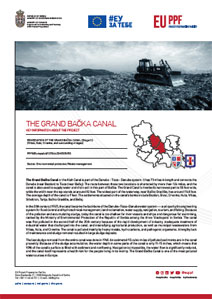 |
By clicking the button below, you can review or download document containing basic project information. Documents can be freely downloaded and further distributed for individual use. Commercial reproduction and distribution of the photos and other materials without the permission from the EU PPF is not allowed. |
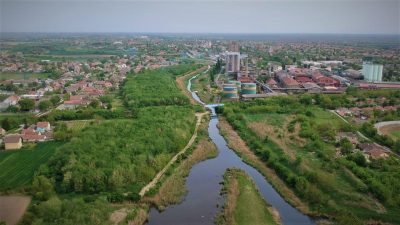 |
By clicking the button(s) below, you can view the project photo galleries. Images in the galleries are free for individual use. Commercial reproduction and distribution of the photos and other materials without the permission from the EU PPF is not allowed. |
Eco tips and tricks
Read eco tips and tricks from our experts.
Environmental calendar
Check out our calendar of important environmental dates.
Did You know?
Find the answers to frequently asked questions.
Project map
Visit the interactive map
of PPF projects

Promoting the results of EU’s development assistance to Serbia
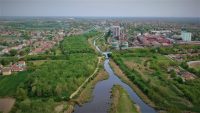
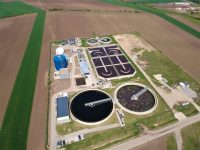
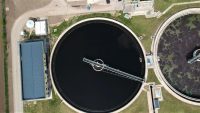
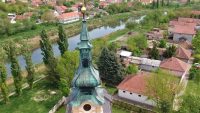
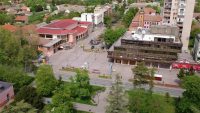
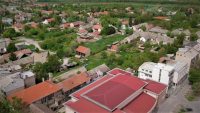
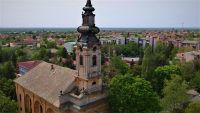
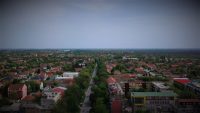
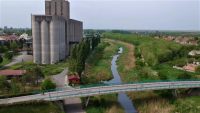
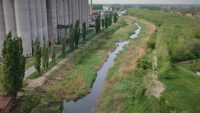
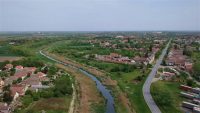
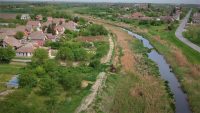
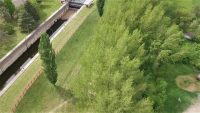
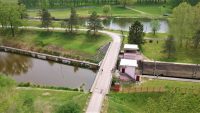
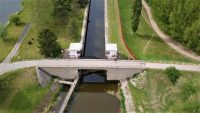
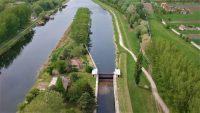
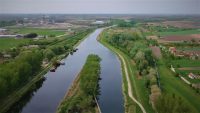
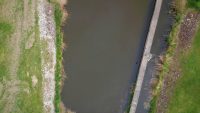
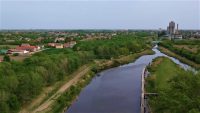
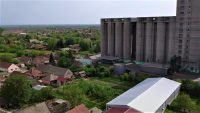
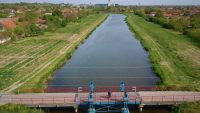
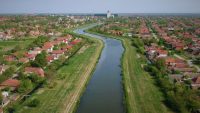
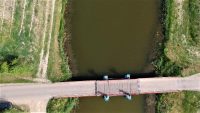
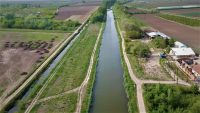
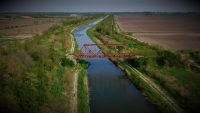
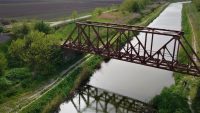
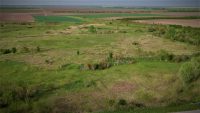
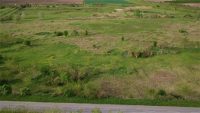
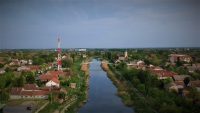
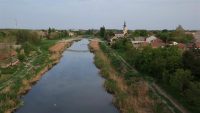
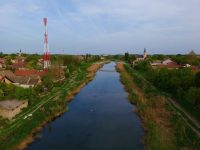
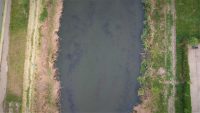
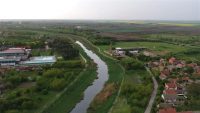
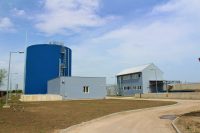
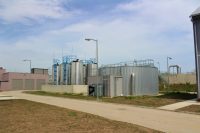
Social Media links